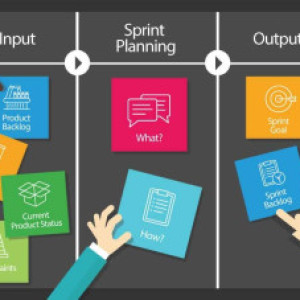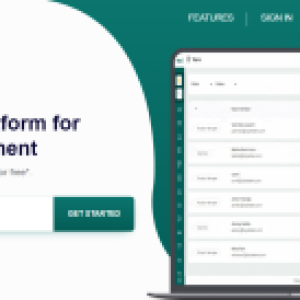Sprint Planning Is A Key Part of Agile Development
Sprint planning is a key part of agile development and can be especially useful in healthcare projects, where there is often a need for rapid iteration and flexibility. Here are a few steps to follow when planning a sprint in a healthcare project:
- Define the scope of the sprint: Start by clearly defining the scope of the sprint. This may involve outlining specific features or functionality that the team will work on, as well as any constraints or limitations. This will help the team understand what is and is not within the scope of the sprint and allow them to better plan their efforts.
- Identify and prioritize user stories: Next, identify the user stories that the team will work on during the sprint. These should be short, clear descriptions of the features and functionality that will be developed. Prioritize these stories based on their importance and impact on the project.
- Estimate the size and complexity of each task: Once you have identified the user stories for the sprint, estimate the size and complexity of each task. This can help the team understand how much work they can realistically take on during the sprint and ensure that they are not overcommitted.
- Create a sprint backlog: A sprint backlog is a list of all the tasks that the team will work on during the sprint. This should include a description of each task, as well as the estimated size and complexity. The sprint backlog should be updated and refined as the sprint progresses.
- Plan the sprint: With the sprint backlog in place, the team can begin to plan the sprint in more detail. This may involve breaking down tasks into smaller, more manageable chunks and assigning them to team members. It's important to leave some flexibility in the plan to allow for changes and adjustments as the sprint progresses.
- Review and adjust as needed: As the sprint progresses, regularly review and adjust the sprint plan as needed. This may involve revising the sprint backlog or reallocating tasks to ensure that the team stays on track and meets its goals for the sprint.
By following these steps, you can effectively plan a sprint for a healthcare project and ensure that the team stays focused and on track. By defining clear goals, prioritizing user stories, and regularly reviewing and adjusting the sprint plan, you can help the team deliver better results more efficiently.




